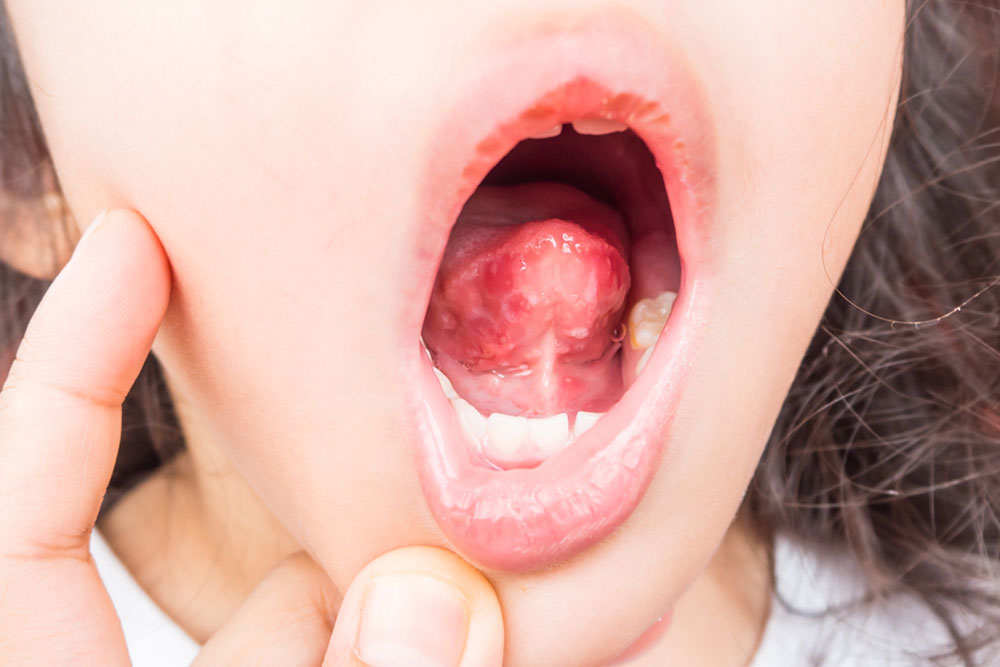
Herpangina – Causes, symptoms, and management
Herpangina is a throat and mouth infection caused by enteroviruses. It is similar to hand-foot-mouth disease, which also affects children and is caused by enteroviruses. Both conditions can cause ulcers and blisters in the mouth, but the location of the sores may differ. Enterovirus infections are highly contagious and can easily spread from one child to another. Adults may also contract herpangina, but it is less likely as they have antibodies to fight the virus.
Causes and risk factors
The primary enteroviruses types that cause herpangina are as follows:
Echovirus (less prevalent)
Enterovirus 71
Coxsackie virus A and B
Children between the ages of three and ten are most susceptible to contracting the condition, as they are usually not exposed to the virus and do not have the necessary antibodies to combat the viral infection. Typically, the virus spreads via contact with the respiratory droplets from coughing or sneezing. Contact with fecal matter may also result in transmission.
It is important to note that enteroviruses can survive outside the body for multiple days, such as on toys, handles, and faucets. Here are some risk factors for developing herpangina:
Being a child between three and ten years of age
The fall and summer seasons or tropical climates across the year
Not washing hands regularly
Childcare centers, summer camps, and schools
After the child gets infected by a specific enterovirus strain, they are immune to it. However, they may still be susceptible to catching infections from other viral strains.
Symptoms
Typically, herpangina symptoms start two to five days from exposure to the virus. Its signs may vary from one person to another. However, general herpangina symptoms are as follows:
Loss of appetite
Vomiting and drooling in infants
Sore throat
Sudden onset of fever
Inability to swallow
Neck pain
Headache
Swollen lymph nodes
Usually, the tiny ulcers in the back of the throat and mouth show two days after the initial infection. They look light grey with a red border. Typically, the ulcers heal within a week.
Diagnosis
When diagnosing herpangina, the doctor will inquire about the patient’s medical history and symptoms, then conduct a physical examination. Tests are typically not required since the sores resulting from the virus are distinctive to those with herpangina, and a physical examination is sufficient.
Treatment
Sadly there is no magic treatment that can eliminate herpangina. Moreover, prescription treatments do not always help because it is a virus-inflicted disease. Hence, the treatment aims to make the child feel better.
Fever and pain relievers
A physician might recommend specific prescription treatments to alleviate pain and reduce fever.
Antacids
Magnesium hydroxide or aluminum hydroxide are antacids that help with painful ulcers. These coat the sores, making swallowing less painful.
Fluids
Making sure a child drinks enough fluids to stay hydrated is crucial. Even if they have a sore throat and don’t feel like drinking, it’s important to encourage them to have at least some fluid. This can help soothe their throat.
Eating well
If children don’t eat well for a few days due to illness, it’s usually not a problem, as they will often regain their appetite once they start feeling better. However, it is important to avoid giving them citrusy or spicy foods as well as carbonated drinks, as they can irritate the throat. Instead, it is best to give them soft foods such as bananas, pasta, and mashed potatoes.




